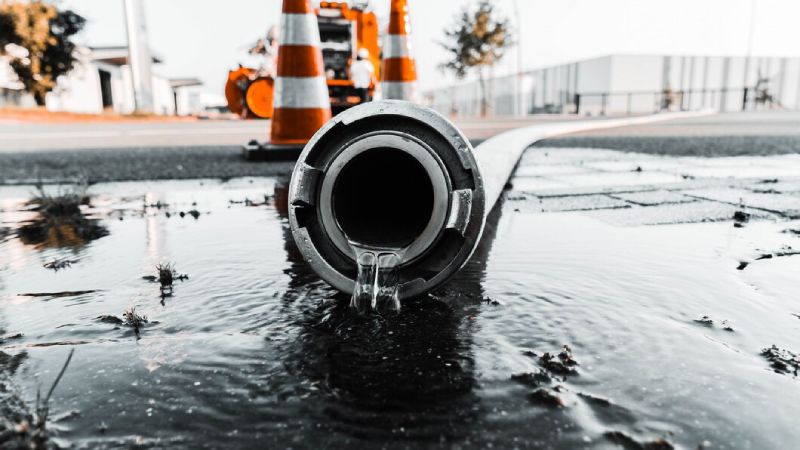Sludge dewatering is a critical part of wastewater treatment, but it’s also one of the most challenging aspects of waste disposal. It’s a complex process that involves reducing the water content of the sludge and making it easier to transport and dispose of. To ensure the best results, look for a rental company that offers a variety of pump technologies for various applications. It will make finding a solution that works for your needs easier.
Not Having the Right Maintenance Plan
Sludge dewatering is a vital part of wastewater treatment. It reduces the moisture content of sludge, making it easier to transport and dispose of. It also helps prevent clogs in pipes, which can cause overflows and costly repairs. Sludge can be treated using anaerobic digestion, converting it into biogas that can be used for heating and electricity. It can also be mixed with lime and composted to make a fertilizer. Alternatively, it can be incinerated to ash and added to a landfill.
Sludge dewatering equipment can also help keep work sites and soil stable. It can prevent water buildup that can lead to mudslides and unstable foundations. It can also improve equipment longevity by reducing corrosion and shielding bearings from contamination. Sludge dewatering equipment rental can be a great way to try out a particular type of machine before purchasing. A maintenance log is essential for tracking how healthy equipment performs and identifying problems early on.
Not Having the Right Equipment
Having the right equipment is essential to successful wastewater treatment. Dewatering equipment removes most water content from sludge to make it more manageable and more accessible to transport for disposal or reuse. It significantly reduces waste handling and transportation costs, helps plants meet environmental regulations, and protects the environment. Choosing the right dewatering equipment is a complex process that involves four primary considerations: drying requirements, cost constraints, sludge characteristics, and available space. Different technologies are used for this purpose, and each offers unique benefits. For example, some pumps allow for rapid deployment, which can be especially important when time is of the essence.
Another thing to consider is the pump size needed to handle a specific amount of sludge. Be sure to partner with a dealer who has the correct equipment size for your project. It will avoid any unnecessary downtime and wasted money due to mismatching sizes. It’s also a good idea to look for a dealer that offers multiple technological options.
Not Having the Right Staff
A sludge dewatering plant reduces the volume of waste by removing water, making it easier and more cost-effective to transport and dispose of. It can be a huge benefit when dealing with large amounts of sludge, as it often takes up significant space. In addition to reducing sludge volume, dewatering allows for more comprehensive disposal options. For example, dewatered sludge can be incinerated, landfilled, or used for agricultural purposes.
As more and more wastewater treatment facilities focus on environmental sustainability, sludge dewatering will become even more critical. Be sure to choose a company offering various technological options to meet your needs. Opting for a rental plant that can be rapidly deployed when needed may save you time and money. Also, look for a company that can provide training on correctly using the equipment. It will help ensure the equipment is inspected regularly and that any issues are detected early.
Not Having the Right Training
Sludge is a natural byproduct of wastewater treatment and must be handled appropriately. It is true when it comes to reducing the volume of the waste to make it more cost-effective to transport and dispose of. Sludge dewatering equipment helps by reducing the water content in the sludge to create a more solid residue that takes up less space. The dewatering process can be done through a variety of methods, including allowing the liquid to evaporate through ambient conditions (sludge drying lagoons) or using mechanical dewatering equipment such as a belt filter press, thickening drum/screw drum, or centrifuge.
These techniques can be time-consuming and require sufficient space to allow the sludge to dry. Training on sludge dewatering equipment can ensure that the equipment is used correctly and potential issues are detected early. Regular maintenance checks are also necessary; keeping a record of these is a good idea.
